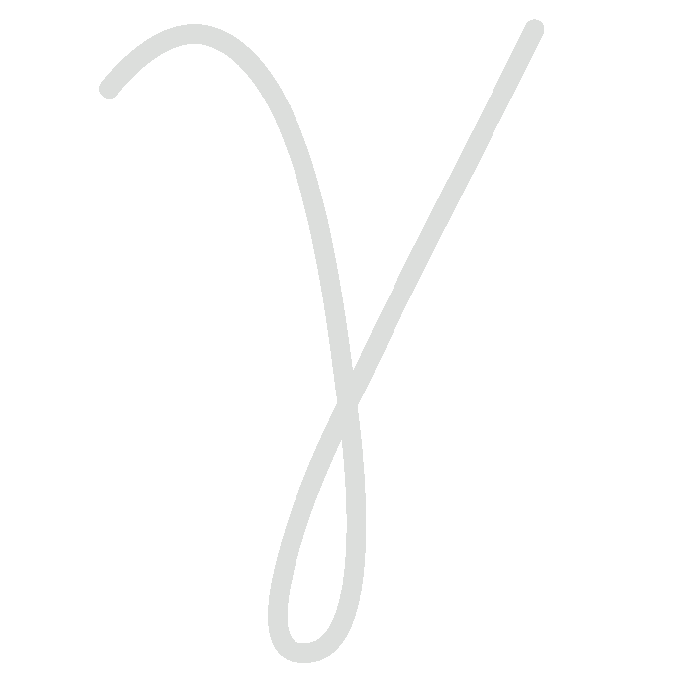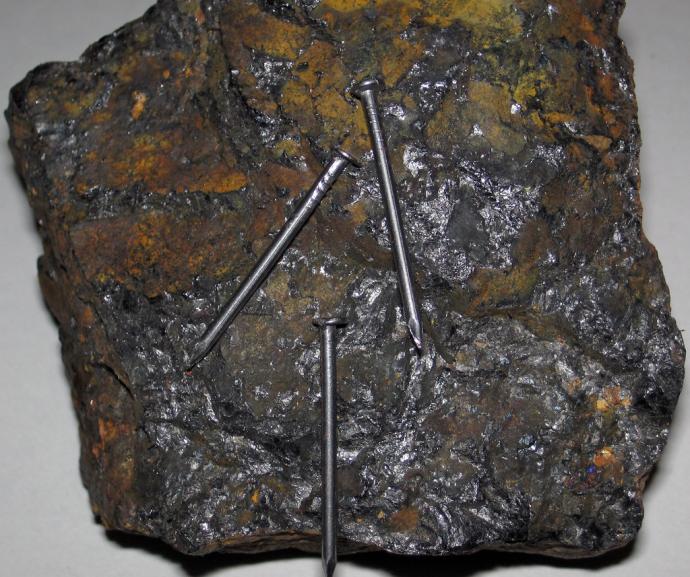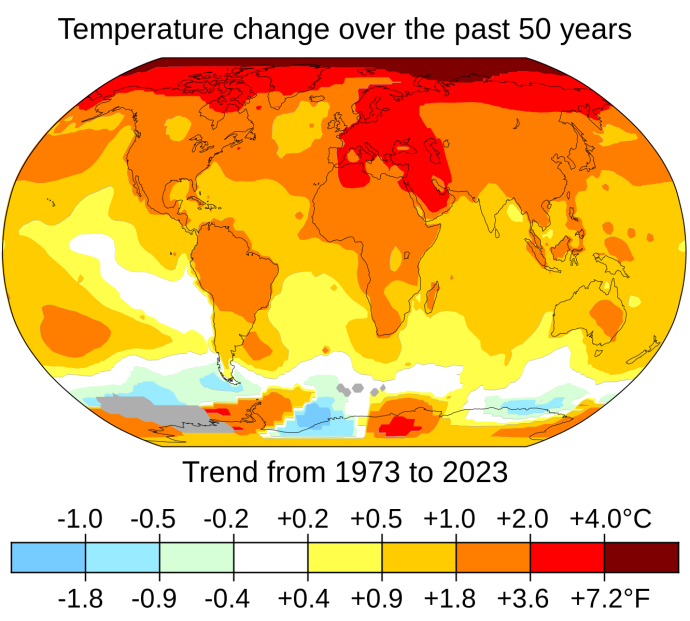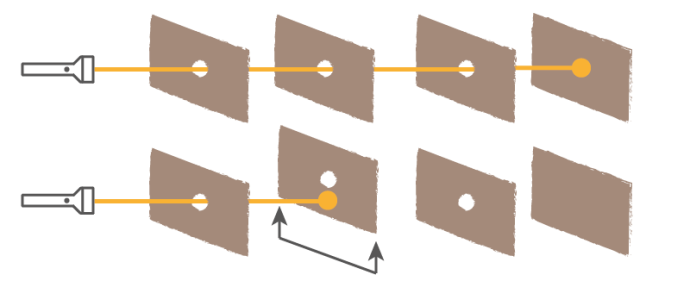Ground-based Telescopes
Most telescopes used by astronomers are on Earth. We call these ground-based telescopes.
Building a telescope on Earth is much easier and cheaper than in space. It is also much easier to fix if things go wrong.

Brightness
Light is the main signal we receive from space. Almost everything we know about space has been found by measuring light.
One of the main ways to measure light is to look at the brightness. Measuring the brightness of something in space isn't as easy as you'd think though.

Electromagnetic Spectrum
This light that we see is just one small chunk of light which is made by stars. We often call the small range of wavelengths our eyes can detect, optical, or visible light.

Wave-Particle Duality
Light is complicated as it can act as both a wave and a particle. Choosing how we want to talk about light - wave or particle - is only a matter of convenience.

Spectra
Even though light often looks white, it is made up of lots of different colours all added together.

Light
When we talk about light we usually mean the light we can see with our eyes.
This is also called visible or optical light.
Light is one way energy can be transferred - moved from one place to another.

Magnetism
Since ancient times, people have known about some rocks that could attract iron. When these rocks were rubbed on other types of metal, they had the power to make them attractive too. These items could also push each other away, repelling each other.

Climate Change
The Earth's climate is always changing. It shifts through a regular cycle of temperatures. These cycles last around 100,000 years. They move the Earth through warm periods, then cold ones. This is known as climate oscillation.

Light and Telescopes
One of the first people to study light was Ibn al-Haytham (known as Alhazen). He was a Muslim, living in Egypt in the early 11th Century. Alhazen is first person we know of who used the scientific method. He wanted to know why our eyes could see things.

